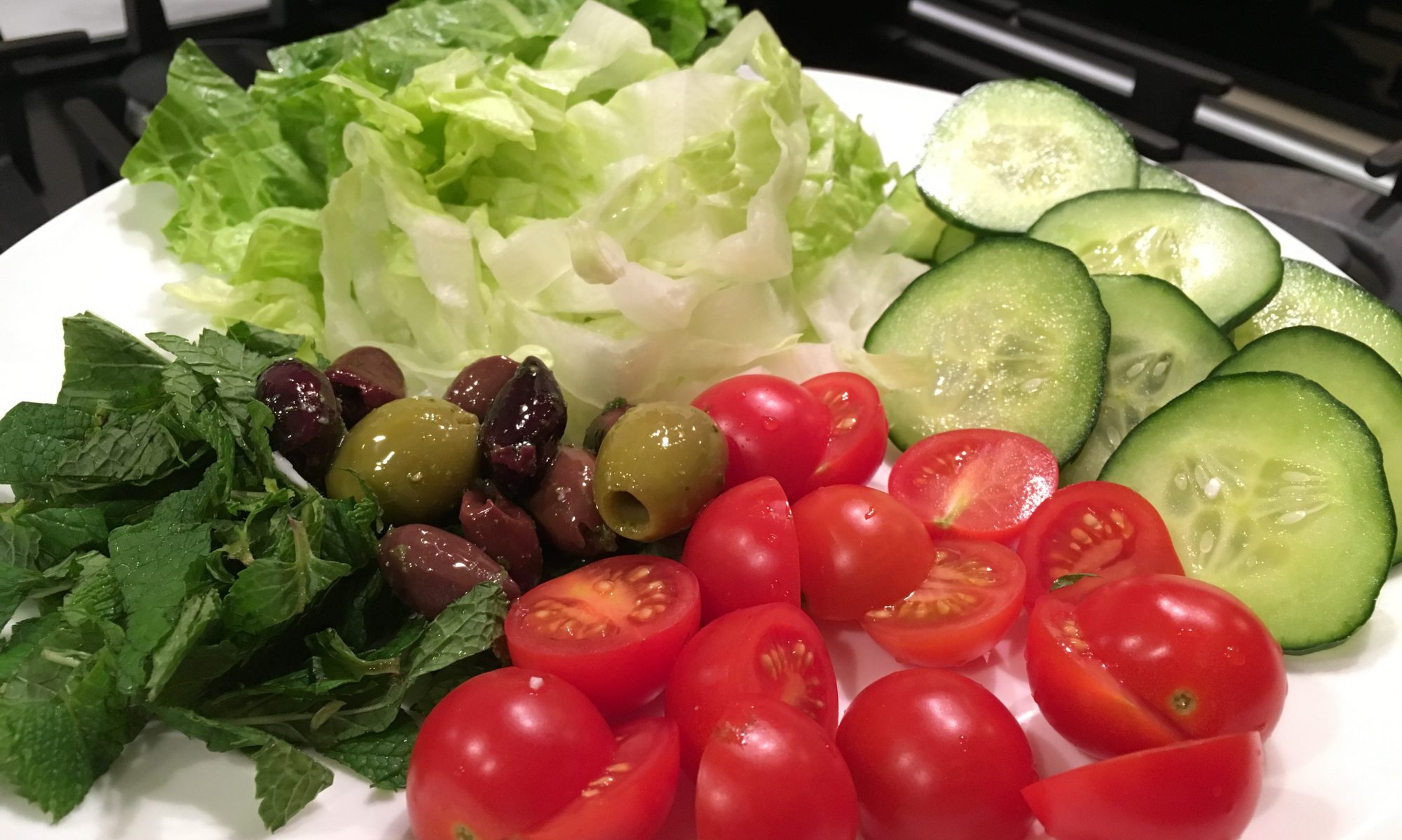In absence of any type of travel or physical escapism, I’m enjoying trying recipes from “remote places”.
This time I chose to make a Galician-Portuguese style of bread, broa da milho, which I think translates as “corn bread”.
It seems that this type of bread was born out of necessity, when there was a lack of wheat but an abundance of corn and rye, and so it mirrored perfectly the situation in our cupboards as I had barely no white wheat flour left, but had a lot of the other ones!
I followed a recipe from Ibán Yarza‘s 100 recetas de pan de pueblo book, which compiles traditional Spanish bread recipes from all over the country.
For flours, I used corn flour from Mulino Marino (bought from Bakery Bits), and rye and unbleached wheat from Gilchesters.
Here’s the mix of the soaked corn flour, on top of the semi-dry rye starter that you can barely see, and the rest of wheat and rye flour, in the bowl before mixing:

The preparation is uncannily similar to making a 100% rye bread. There’s no shaping or kneading; it’s more about creating a well mixed paste with the right consistency (not too dry, not too wet, sticky enough), then ensuring it fills the tin properly.
So here’s the “dough” in the tin, before I dusted the top with flour:

You then flour it quite generously, pat it down, and leave it to prove until cracks start to show in the surface and it rises quite a bit above the top of the tin.
There’s something very moon-like about this picture pre-baking…

You can see it rose about a couple centimeters above the tin top. Not bad!

It takes a long time to bake this loaf, as it’s quite thick. I took it out a couple times when it was starting to be quite browned and inserted a skewer to see if it came out clean, which it didn’t, so I put it back into the oven, lowering the temperature a bit.

Once out of the oven I waited a bit until the tin cooled down slightly, then took the loaf out of the tin, and placed it on a rack to completely cool down. I then placed it in a bag so it would fully settle down.
Like rye bread, the texture after baking is more like a gelatin and if you try to cut into it before it settles and solidifies, you’re going to end up with a sad mess.
The crumb is very similar to rye crumb. Interestingly, it becomes yellower when you toast it!

And how do you eat this?
Since it’s quite flavourful itself, thanks to the mix of rye and corn, it benefits from flavourful companions: salted butter, strong pâtés, or perhaps, in the most traditional way… with sardines on top!
I’m not a big fan of fish, so I was somewhat reluctant about this idea. Yet I decided to listen to the Galician wisdom and do as they say. I got the nicest looking can of sardines I could find, and explained my plan to Devvers… who admitted to be an expert in preparing “sardines the English way”.
For a moment it made me think of travelling by train in England: standing-room only from beginning to end, with someone else’s armpit in your face and the faint smell of vomit or piss emanating from the toilet that doesn’t quite shut, but thankfully the goal was something entirely different and actually pleasant in nature. PHEW!
The way it works is: toast the bread slightly, then place the sardines on top, and grill them in the oven until they warm up. Then, place the toast in dishes, and add a generous portion of olive oil on top.

I of course added some tomato and cucumber and my fishy counterpart to the sardines: anchovy stuffed olives!

At a risk of sounding repetitive, despite me not being really into fish I found this combination to be really nice; I was very positively surprised. The flavours really pair together. Wise Galicians!
Or Portuguese.
Apparently it’s hard to say who came up with the idea. Not surprising when they’re so close to each other (Galicia is immediately to the north of Portugal, just in case you’re a bit lost now).
Either way, I leave you with what could be a moon crater. Or a crack in the surface of the loaf. It’s all a matter of scale…


